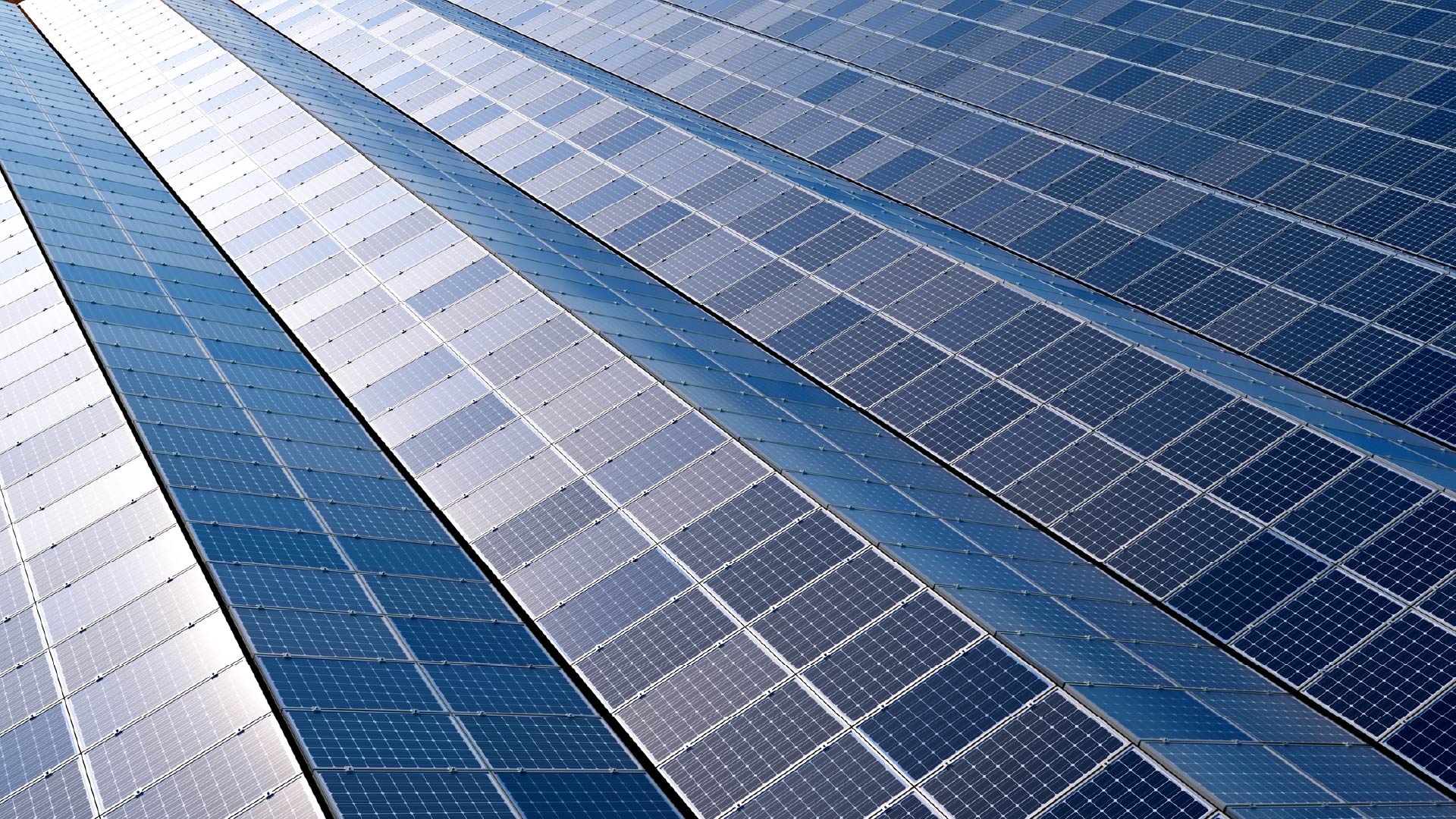Watt’s Next For Scope 2? The Biggest Carbon Accounting Overhaul In 10 Years
In late 2025, the GHG Protocol is expected to launch a public consultation to update its 2015 Scope 2 Guidance as part of a broader, multi-year effort to modernize corporate standards. The revisions propose more granular emission factor rules, stronger time- and region-based matching, enhanced residual mix usage, and stricter disclosure and assurance expectations. Implementation will be phased, with exemptions for smaller entities and transitional treatment of legacy contracts.
Approving this update would mark the first major revision to the Scope 2 Guidance since 2015. The changes aim to better reflect the real-time carbon intensity of electricity consumption and reduce double counting. As it stands, an organization in Germany can buy renewable certificates from a Norwegian wind farm or solar credits generated months earlier in Spain and count that power as “zero carbon”. Under the new rules, such claims would only be valid if the renewable electricity was produced in the same region and hour as it was used, ensuring reductions reflect real decarbonization.
Nevertheless, the proposed revisions are raising questions, especially around:
- Feasibility, cost and data readiness.
Requiring hourly matching and deliverability checks requires granular data, advanced metering and robust digital infrastructure. While tech leaders like Microsoft and Google have pioneered 24/7 carbon-free energy strategies, smaller organizations and those in emerging markets may face significant cost and complexity barriers. Access to sub-national, time-resolved emission factors and residual mixes is uneven globally. Many grids lack granular data, creating implementation bottlenecks and risking inconsistent reporting across regions.
- Impact on renewable procurement mechanisms.
Introducing hourly matching could disrupt the economics of long-term PPAs, historically used to de-risk renewable projects. Moving toward hourly REC markets may increase price volatility and reduce accessibility, potentially slowing clean energy deployment.
Comparability and interoperability across frameworks.
Governments and disclosure regimes (e.g., the CSRD, ISSB) may adopt different thresholds or timelines. The GHG Protocol must balance rigour with interoperability to avoid fragmentation and reporting burdens for global businesses.
Firms should begin evaluating technology gaps, such as metering capabilities, contract flexibility and digital infrastructure. Updating systems, data flows and procurement models will take time, and early action reduces future reporting and procurement risks.
How can technology help? Renewable energy procurement platforms are emerging to automate 24/7 carbon-free energy (CFE) allocation, track consumption and enable utilities to deliver accurate green energy contracts. Software tools that manage Energy Attribute Certificate (EAC) procurement and time-series matching will see rising demand as organizations prepare for compliance. On the carbon management and accounting side, flexibility will be critical: platforms will need to handle granular, high-frequency data and integrate with specialized providers.
To learn more about the renewable energy procurement and carbon management software providers in this space, read our Smart Innovators reports on renewable energy procurement software and carbon management software.
About The Author
.png?sfvrsn=db470322_1)
Alessandra Leggieri
Senior Analyst




